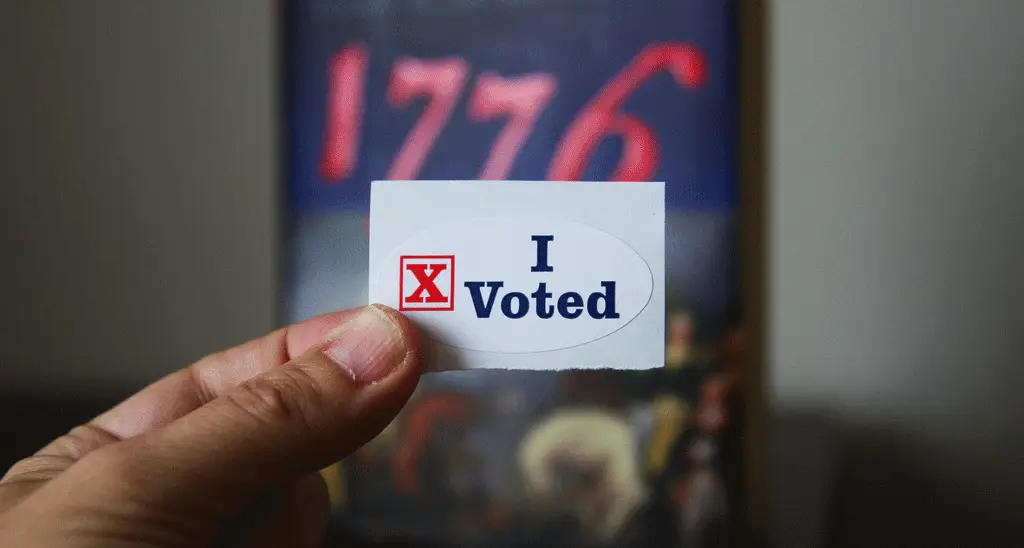Politics is a topic we don’t broach often here at Shout Out Studio. As everyone knows you don’t discuss politics and religion with those you want to stay friends with. But I have been thinking about politics a lot lately. Specifically how some political marketing campaigns are and will be marketing to reach their target demographic in regards to this upcoming mid-term elections. As long I try to stay neutral there is no harm in talking about it, right?
One topic that I happen to care about greatly and follow very closely is the influence of money in politics (which I will argue should be a neutral topic, so anyone who considers it otherwise should stop reading here). I have been captivated by the MayDay PAC, Represent.us, and Reform.to and what they have been doing. Their use of crowdfunding, social media, and e-mail marketing has been extremely fun to watch as it has been executed well and seemingly very effective. Starting from relatively nothing, these organizations need to be mindful of how they spend their money and connect with people. Every dollar spent counts, and they need to get the max effectiveness out of everything they do. As does any other candidate for that matter.
The success of these campaigns is made possible by, what I call, “viral voters”. A viral voter is not just someone who votes in something. A viral voter is someone who champions your message. They believe in what you are saying, take active measures to spread the word, and act to further the cause whether it be voting, sharing, or donating.
It’s not easy to create viral voters, but a recent primary election might have done just that. In what lead up to the now famous David vs. Goliath-like defeat of Eric Cantor by David Brat, Cantor famously spent more at steakhouses than Brat did on his whole campaign. Brat’s 23-year-old campaign manager spent money as he could, first putting up some internet ads and then buying a TV spot as he gained a little bit more money about a week before the election. The effectiveness of their campaign was astonishing, however. And I think they were successful in creating viral voters for two reasons: 1. The people were ready and receptive to their message and 2. The people were emotionally moved by their message.
When you continue to look at the Cantor v. Brat campaign you see a stark difference in the messaging of the campaign. Cantor focused on trying to bash Brat’s name with a huge amount of costly negative TV ads and traditional forms of political advertising. Brat, on the other hand, focused on his personal political stance and how it differentiated from the district’s current representation. Brat actually told people to “Google it” in regards to Eric Cantor’s beliefs on immigration reform. The viral voters they created rallied behind an idea and took action on it. There is no question that when it came to the cost-effectiveness of the two campaigns, Brat’s was the clear favorite because of the following it created.
When it comes to general internet marketing, the internet can be an amazing and cost-effective tool to communicate a brand message, but you must remember one thing; your spend will only be cost effective if you are providing information that people are craving and searching for. Otherwise, the internet is just like any other disruptive advertising medium: costly and marginally effective at best.

